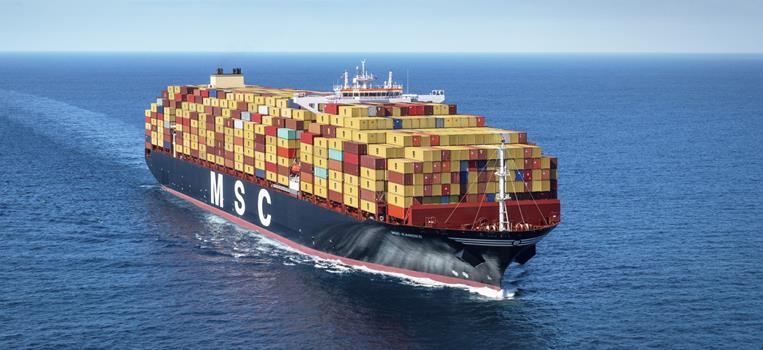FBX Weekly: Container shortage spiking rates on US-Asia backhaul and Asia-EU lanes
Dec 01, 2020Key insights:
- The continued surge in Asia-US ocean freight is still causing congestion and delays for holiday shipments, making available shipping equipment scarce across the globe.
- Carriers’ preference for empty containers over US exports may have contributed to the US West Coast - China rates’ 28% backhaul spike this week to $501/FEU.
- And while Asia-US rates still appear to be held in check by pressure from Chinese regulators, the container shortage pushed Asia-North Europe rates up 29% this week to to an incredible $3,470/FEU, marking a 64% increase over the past month, and a level 137% higher than this week last year.
China-US rates:
- China-US West Coast prices (FBX01 Daily) stayed level at $3,875/FEU. This rate is still 191% higher than the same time last year.
- China-US East Coast prices (FBX03 Daily) also went unchanged at $4,914/FEU, and are 94% higher than rates for this week last year.
Analysis
Still-peaking volumes of ocean freight from China to the US continue to cause congestion and delays at US ports. There are reports of ships “vessel bunching” just off the West Coast, waiting for a slot to open at LA-Long Beach, and unload merchandise retailers are eager to get on virtual shelves before the holidays.
The surge is leading not only to an increase in rolled containers, but also to the severe shortage of empty containers available back in Asian origin ports.
Carriers have been prioritizing rapid empty containers returns over those containing US export, prompting a US regulatory investigation into the practice, and possibly contributing to this week’s 28% spike in US West Coast-Asia backhaul rates to more than $500/FEU.
Despite surging volumes and competition for equipment, China-US rates have stayed steady since mid-September when Chinese regulators intervened to prevent any more increases on rates that had climbed 135% from June until then.

Dotted line based on Container xChange data, with 0.5 or higher indicating a surplus and below 0.5 indicates a deficit of containers
Over the same period, this spike in volumes from China to the US caused container availability in Asia – as measured by the Container xChange’s Container Availability Index (CAX) – to drop by 37% to a severe shortage of .17, nearly 50% lower than September 2019.
So as empty containers are prioritized for the more lucrative transpacific lanes, fewer containers are available elsewhere and are pushing those non-regulated rates up. On Asia-North Europe lanes, for example, rates skyrocketed 29% this week to an incredible $3,470/FEU, marking a 64% increase over the past month, and a level 137% higher than this week last year.
Similar Stories
World Shipping Council: Shipping carriers move to prevent deadly charcoal fires
The shipping industry is taking proactive steps to implement improved safety measures for transporting charcoal, ahead of mandatory IMO regulations in 2026.
View Article
MSC Announcement: GRI - General Rate Increase Feb 2025
View Article
Drewry’s World Container Index - 16 Jan
View ArticleMSC GRI - update scope: Import ISC/ME - Indian Subcontinent/Middle East to USA
Mediterranean Shipping Company has filed and will implement the following GRI - General Rate Increase effective February 15th, 2025, as below.
View ArticleBiofuel can deliver significant GHG emissions reductions but future uptake could be hampered by supply, says DNV
According to DNV’s latest white paper “Biofuels in Shipping”, key biofuels like FAME and HVO have great potential for reducing greenhouse gas (GHG) emissions and supporting compliance with maritime regulations,…
View ArticleNor-Shipping adds finance, LNG and seabed minerals to “agenda setting” conference program for 2025
Nor-Shipping is enhancing its conference program for 2025 with a bold line-up of new events targeting evolving ocean business opportunities.
View ArticleGet the most up-to-date trending news!
SubscribeIndustry updates and weekly newsletter direct to your inbox!





